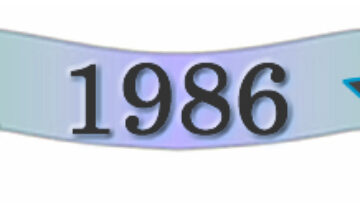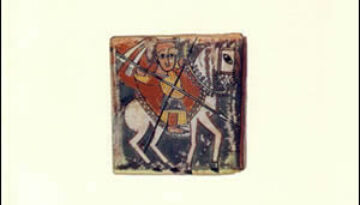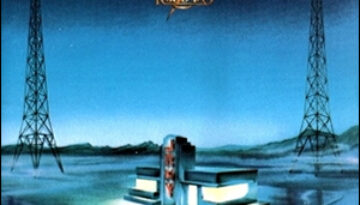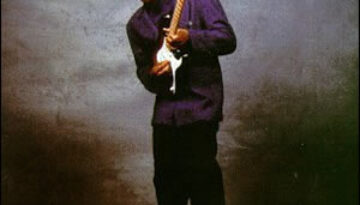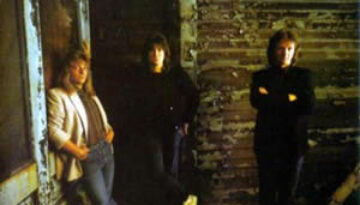Back In the High Life
by Steve Winwood
Buy Back In the High Life Steve Winwood is an artist who has had two major phases of his professional career. Starting as a teenager with the Spencer Davis Group, he was thrust […]

